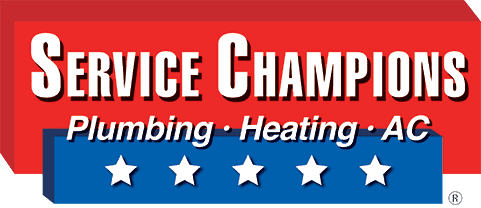7 Household Products That Are Polluting Your Indoor Air
What do exhaust fumes, industrial waste, and smog have in common? They’re all a type of environmental pollution that impacts the air we breathe.
However, did you know that the air inside your home could also be full of pollution?
Studies show that indoor air is likely to be two to five times more polluted than the air we breathe outside, yet we often see our homes as a haven from pollution. If you suffer from allergies, indoor air pollution can make your symptoms worse.
So what are the main culprits affecting your indoor air quality? Let’s take a look at household products that are polluting your indoor air.
Teflon Cookware
Love to spend time in the kitchen cooking up a treat? Next time you’re putting together a meal, take a look at your cookware. If it’s Teflon coated, you could be adding harmful particles to your indoor air without realizing it.

Manufacturers create the non-stick coating Teflon from a chemical called polytetrafluoroethylene. It’s fabulous for making your pans easy to clean, but if heated to over 570 degrees Fahrenheit the Teflon coating begins to break down.
In addition, much of the concern about Teflon previously centered around perfluorooctanoic acid (PFOA), which has been linked to chronic kidney disease, liver disease, and thyroid disorders. The PFOA Stewardship Program from the Environmental Protection Agency aimed to reduce PFOA in Teflon products. All companies manufacturing Teflon products have been PFOA-free since 2013.
You have a few options to reduce the pollution from Teflon:
- Use wooden, silicone, and plastic utensils to avoid scratches
- Hand wash pots and pans with Teflon
- Cook with adequate ventilation
- Avoid cooking at high heat
- Replace pre-2013 Teflon cookware and cookware with excessive scratches, peeling, or flaking
Craft Supplies
Who doesn’t love a bit of crafting to pass the time? Particularly if you have children to entertain. But do you ever stop to think about the fumes coming from the craft materials like glue, paint, and marker pens?
Even craft supplies labeled as non-toxic release chemicals into your home, particularly with solvents and alcohol-based products. These chemicals can cause headache, nausea, burns, dizziness, and lung and kidney damage.
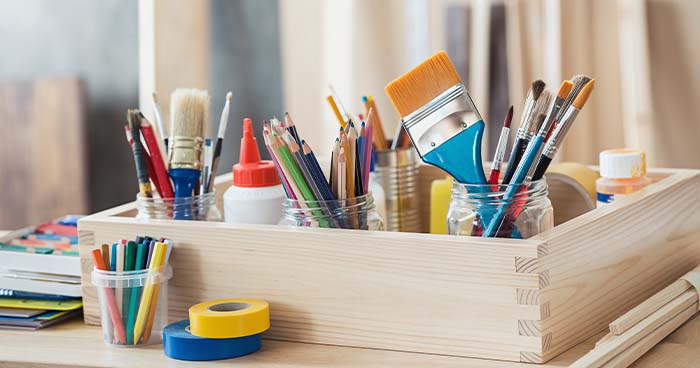
Whenever possible, use water-based, eco-friendly alternatives for your arts and crafts supplies. If you must use products that release toxic fumes, it’s best to keep exposure to a minimum and do crafts outdoors or in a well-ventilated area.
Cleaning Products
Most cleaning products contain VOCs, otherwise known as volatile organic compounds. VOCs are a group of chemicals that release toxins that affect your indoor air quality.
We all love a clean and tidy home — especially with viruses like COVID circulating. Sanitizers and bleach-based cleaning products are in huge demand.
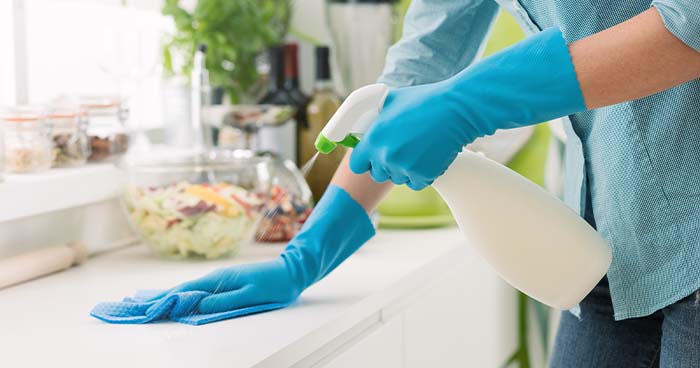
Truthfully, you probably spray and wipe your home surfaces at least once or twice a day. Unfortunately, the chemicals from those products linger in the air, and each time you clean, you add to the indoor pollution.
You can reduce your exposure by cleaning in well-ventilated areas and choosing products with reduced VOCs, fragrances, and flammable ingredients. You could also make homemade cleaning products with supplies like baking soda, vinegar, and soap and water.
Dry Cleaning
Most people have an item of clothing in their wardrobe that has “Dry Clean Only” stamped on the label. But next time you take a trip to the dry cleaners, think about the chemicals they use to clean your clothes. Research has shown that these chemicals disperse into your indoor air for several days after dry cleaning.

If there’s no alternative to getting your clothes dry cleaned, always hang them in the garage for a couple of days afterward to reduce the pollutants that are released into your home.
Tobacco Smoke
Cigarette smoke leaves a lingering smell and can be harmful when inhaled. Passive smoking accounts for over 3000 deaths from lung cancer every year – a shocking statistic.
Don’t allow tobacco smoke to affect the quality of your indoor air. Quit smoking, or if you must smoke, do so outdoors.
Chimneys and Indoor Fireplaces
Nothing beats curling up in front of a roaring fire on a chilly winter’s evening. Open fireplaces and log burners are a beautiful feature in many homes.
As beautiful and cozy as they are, open fireplaces are also a source of indoor pollution.

Smoke is a mixture of gasses and fine particles. It’s these fine particles that linger in the air, affecting the quality of the air you breathe.
Wood burners cause less pollution than open fires, but any smoke-producing fire is a risk to your indoor air quality. You can reduce the impact by making sure your chimney and fireplace components are cleaned and well maintained, and burning only untreated firewood.
Air Fresheners
Candles, sprays, plug-ins, or diffusers — which is your favorite to create a fresh-smelling home?
Whatever form of air freshener you choose, chances are it’s filling your indoor air with pollution rather than having a freshening effect.
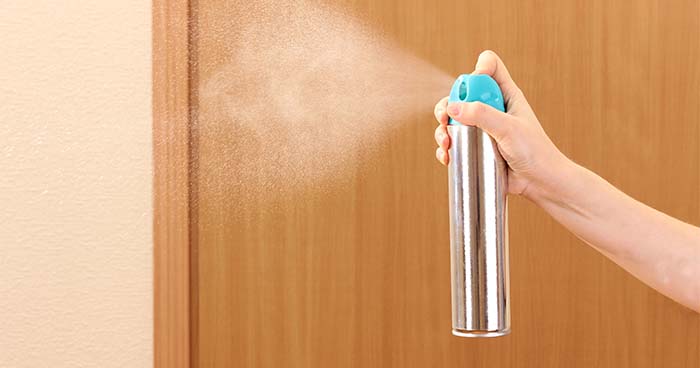
Even at low levels, VOCs and other chemicals from air fresheners can cause headaches and irritation. What’s more, it’s tricky to find out what chemical your favorite air freshener contains because manufacturers don’t have to list all the ingredients.
Instead of using air fresheners, install an air purification system to keep your air clean without adding VOCs or other pollutants.
Improve Your Indoor Air Quality With an HVAC System and Air Scrubber
Installing an HVAC system will help improve your indoor air quality and ensure you and your family are at less risk from everyday toxins.
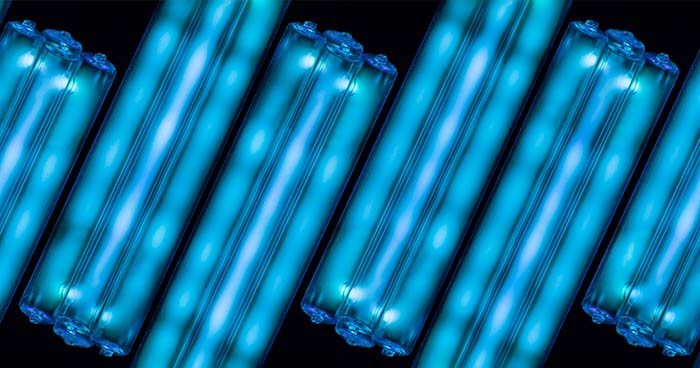
Adding an air scrubber to your air-conditioning system removes pollution, including odors, dust, and VOCs. Using a specialized catalytic process with a proprietary light keeps your indoor air cleaner. As a result, you can breathe easy knowing that you have a well-ventilated home.
Want to Improve Your Indoor Air Quality in Southern California?
Service Champions have experienced and fully trained technicians ready to install and maintain your home ventilation system. Contact us today to learn more!
